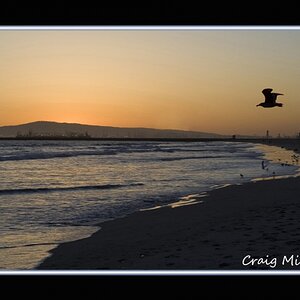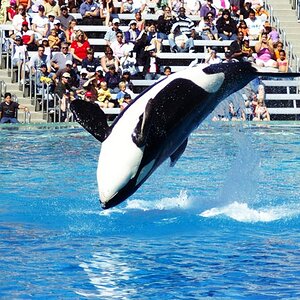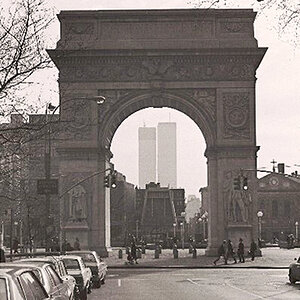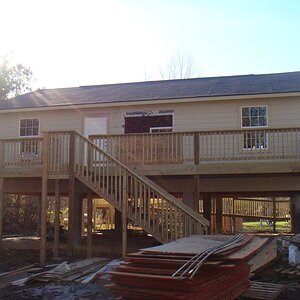cdryden
No longer a newbie, moving up!
- Joined
- Jul 18, 2014
- Messages
- 261
- Reaction score
- 199
- Can others edit my Photos
- Photos OK to edit
I am starting to do more water drop shots, smoke shots and high speed shots and I am sick of dealing with my battery powered yongnuo speed light. I want a AC strobe light that can sync at up to 1000th of a sec. I have high speed radio triggers that sync at that speed.
So I'm looking for something that can fire over and over reliably, no misfires. The recharge time doesn't have to be very fast. It must provide enough light for shutter speeds up to 1/8000 and f22. Could someone recommend one. It doesn't have to be top of the line. But I am looking for reliability and decent build quality. I'm hoping to stay around $150.00, is that realistic?
So I'm looking for something that can fire over and over reliably, no misfires. The recharge time doesn't have to be very fast. It must provide enough light for shutter speeds up to 1/8000 and f22. Could someone recommend one. It doesn't have to be top of the line. But I am looking for reliability and decent build quality. I'm hoping to stay around $150.00, is that realistic?


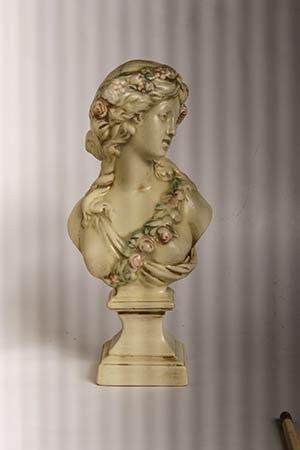
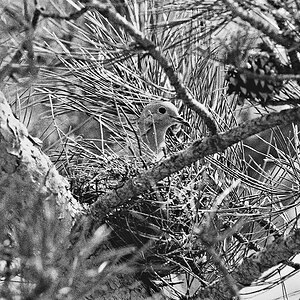
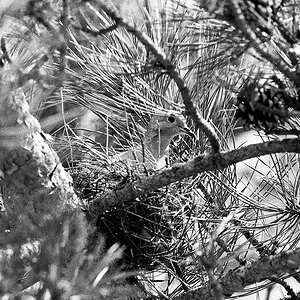
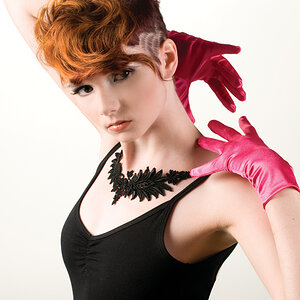
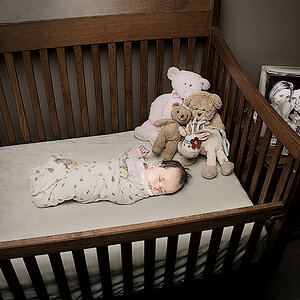
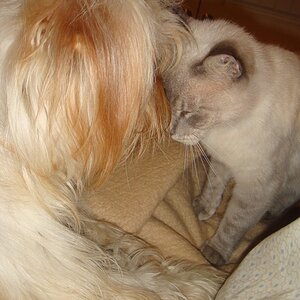
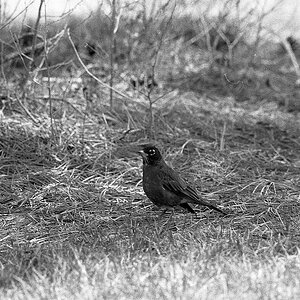
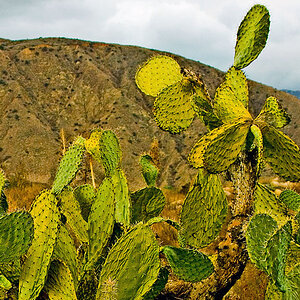
![[No title]](/data/xfmg/thumbnail/41/41761-8ca3fbaa811d0935e3ce369aaf34fdd8.jpg?1619739884)
